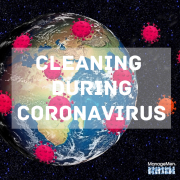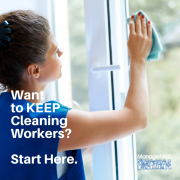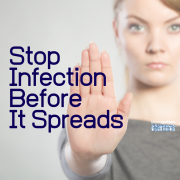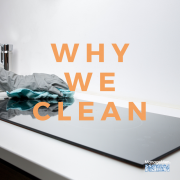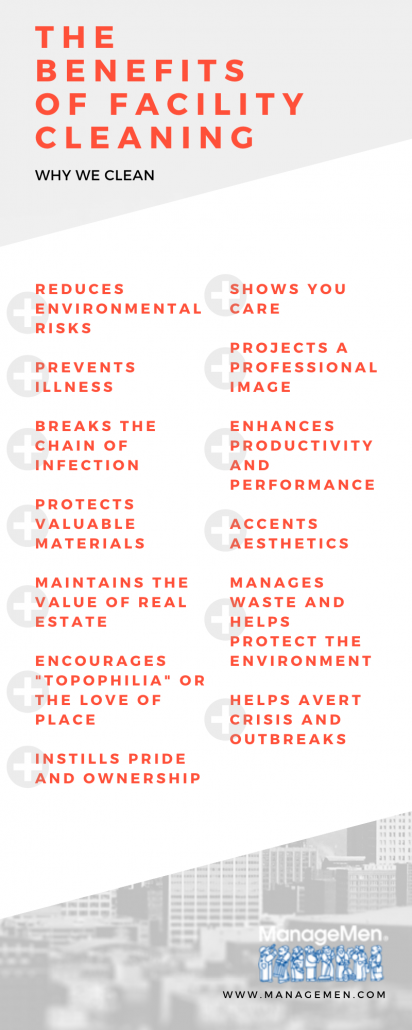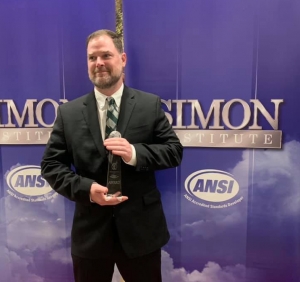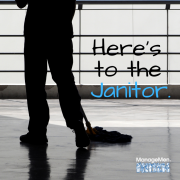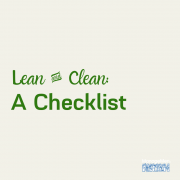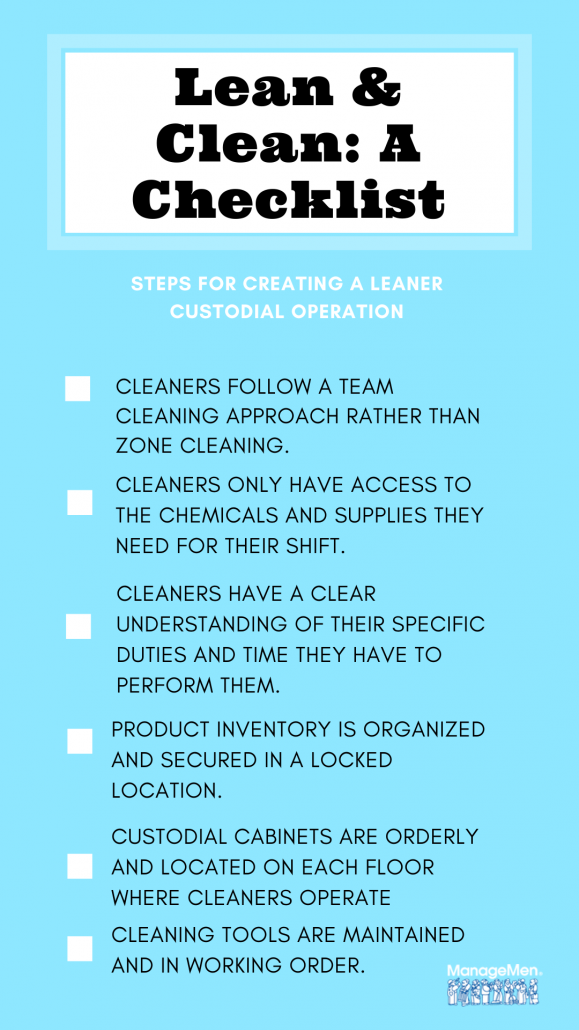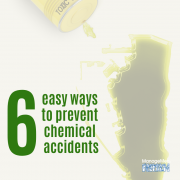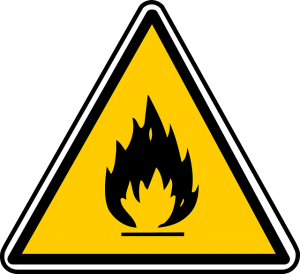Cleaning in the Age of Coronavirus
Right now, cleaning and disinfection is a focus for people around the world because of the coronavirus. For people in our industry, this is somewhat of a seminal moment — we’ve arrived at a place where there’s greater appreciation and understanding for the importance of the work we do. Of course, we wish it didn’t take something like a pandemic happening to get here, but we’re thrilled to see that the message is being heard.
When we get to the other side of this, there’s little question that the world of cleaning will change. Already, Singapore is implementing mandatory cleaning standards, beginning with “higher-risk premises such as childcare and eldercare facilities, schools and hawker centers [food courts and markets], according to Channel News Asia.
Combined with social distancing, cleaning is the next most effective way to control coronavirus.
The thing is, cleaning needs to be done correctly, or else it’s not effective.
In the future, we can expect government standards around this to ensure cleaning is done properly. For now, it’s left to each cleaning professional and organizations to make sure they’re following best practices.
Here’s what we know (with some great links to help explain things!):
- The coronavirus spreads by hard surfaces or fomites. The most recent research found that it lasts on hard surfaces such as stainless steel for up to two-three days.
- Cleaning workers form a critical line of defense in helping to stop the chain of infection, killing the virus on the surface before it has the opportunity to jump to the next host/hosts.
- Personal protective equipment (PPE) is essential to protecting cleaning workers. Follow guidelines from the CDC, which includes using gloves and gowns and understanding how to don (put on), use and doff (take off) PPE.
- OSHA requires training for all workers who use cleaning chemicals and disinfectants. All organizations should maintain Safety Data Sheets on ALL cleaning chemicals used in their facilities.
- Not all “cleaning” kills coronavirus. It’s critical that people understand the difference between cleaning, sanitizing and disinfection, explained in full here.
- Remember, clean first — then disinfect. A disinfectant will never work on a visibly dirty surface. Clean using a cotton or microfiber cloth—never a paper-based product.
- Read the directions! Each EPA-approved disinfectant used for killing coronavirus indicates the dwell time, or the time the surface needs to remain visibly wet, in order to be effective.
- Hand washing is everything. Make sure workers wash their hands before they begin cleaning and immediately after removing gloves.
- We must work together. Encourage individuals throughout the facility to assist with cleaning and disinfection of frequently touched surfaces, including tables, doorknobs, light switches, handles, desks, toilets, faucets, sinks, per CDC recommendations.
- Communication is key. Make sure to communicate what you’re doing with stakeholders in your buildings. Share images on social media to help people at home see how hard your facility is working to keep buildings clean for their return.
We’ll get through this; effective cleaning is essential in that effort. And when we do get to the other side, we hope there will be a much broader appreciation for the critical work that cleaners, janitors, housekeepers, environmental service workers and other cleaning professionals do in protecting the health of the public.
We’ll be holding FREE training around chemical handling in the coming week. Sign up to our newsletter for dates and times.
